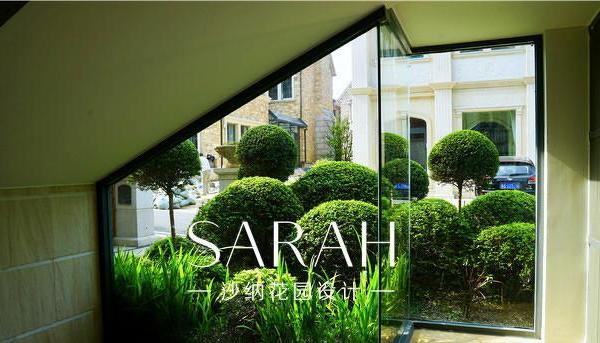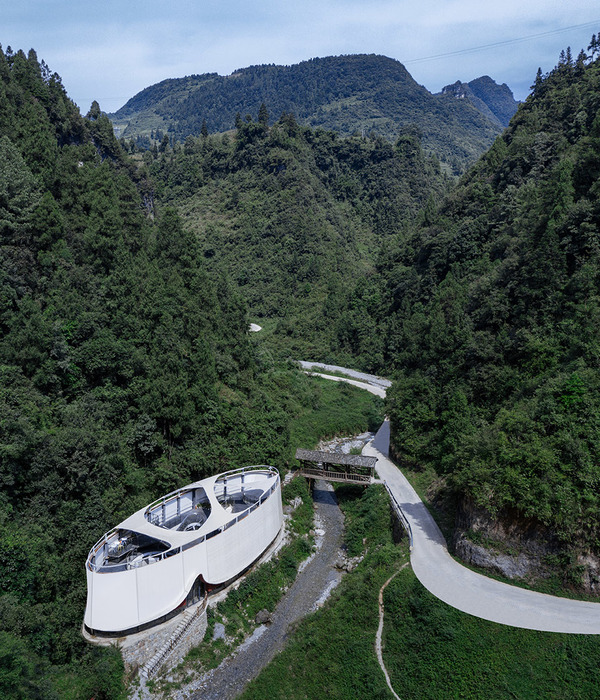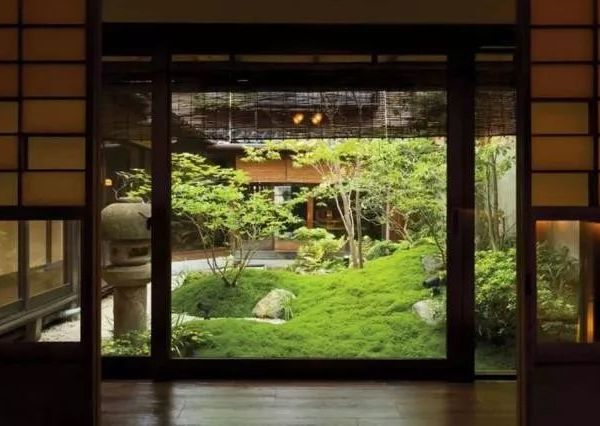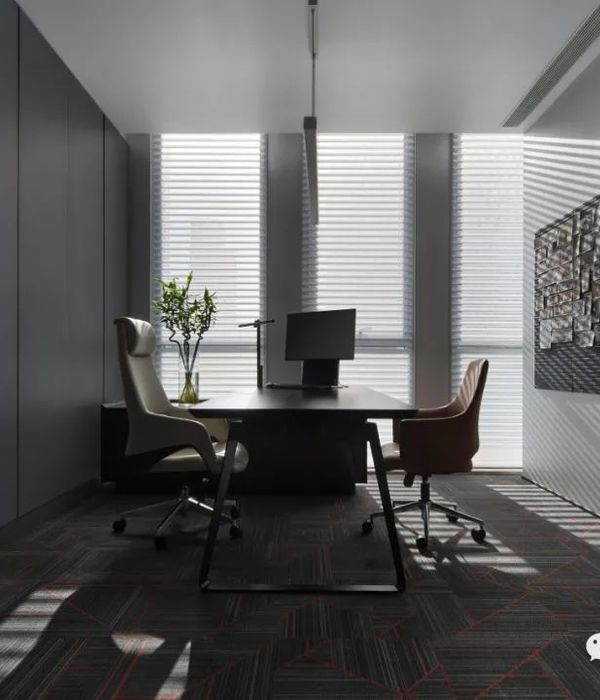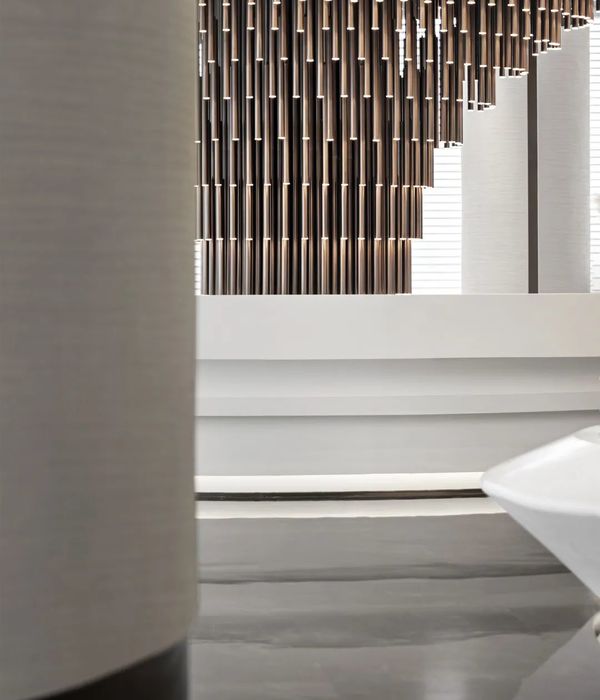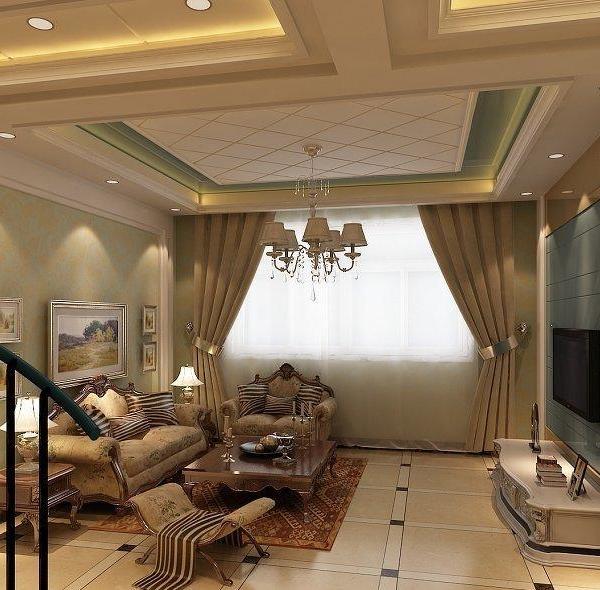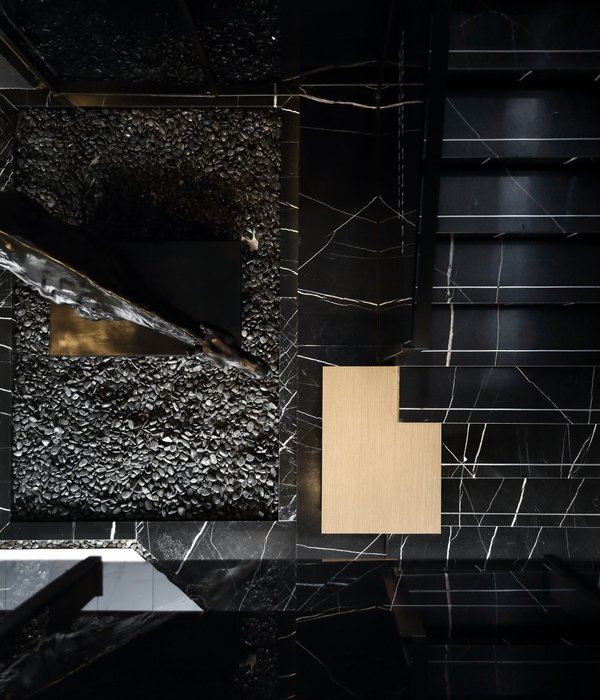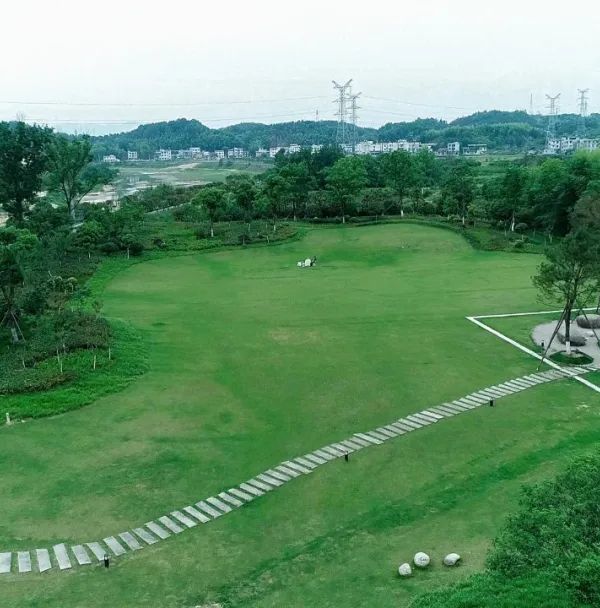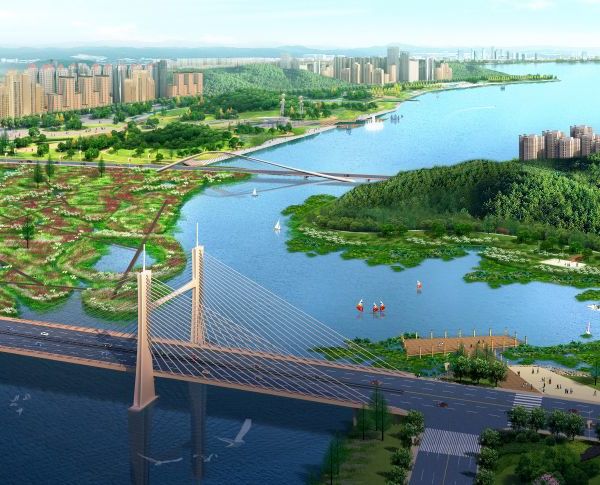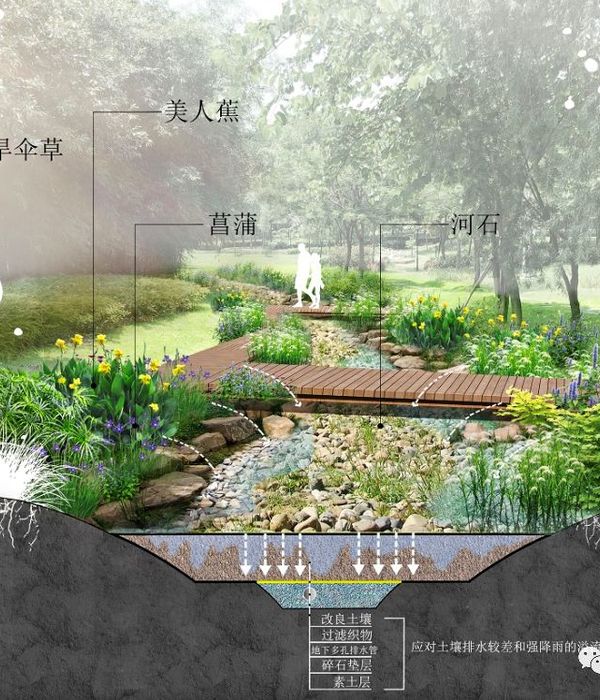Architect:Cloud-floor
Project Year:2021
Category:Urban Green Spaces;Cities;Streets
"Dense-city: An Urban Re-typology" presents an urban strategy that repurposes the role of traffic intersections, which are ubiquitous physical infrastructures in every city. On a global scale, the ratio between traffic intersections and the rest of the urban spaces is a stark reminder of how much our cities value the convenience of motor vehicles over the utility of pedestrians. To solve this problem, our urban planners have continued to add multilayers of pedestrian walkways as means to move the mass from one place to another. Undeniably, we have left the priority given to the cars unchallenged. We have wasted almost every corner in the city for nothing else, but traffic and its congestion.
But we see more potential for these intersections. From a macro perspective, intersections are where different elements of the city interact, whether in economic, social, or cultural terms. An intersection is a node that connects and redirects people from different directions, making it an important hub of interactions, particularly when it is located in the city. Because of this, an intersection as a physical infrastructure has the potential to serve as a reimagined public space for urban dwellers.
In this project, we rearrange the priority between transportation and people and rethink the notion of “public space” in dense cities. A new pedestrian-centric intersection is borne out of our goal to create social spaces that are integrated into the respective urban characteristics. Distributed around the city, the new spaces enable the people to reclaim their spaces within the urban, busy areas and aim to be accessible to everyone. These public spaces maximize the value of every square inch of our cities and add a new way to experience public spaces.
We lower the streets and traffic lights to the underground level in order to minimize its disruption to people’s everyday life. In its place on the ground level, we add a public space that could function as a place where people interact and perform their activities, instead of cars. This shifts the priority of who owns the rights to the space to the people, restoring its potential to become public parks, sport parks, or community playgrounds.
{{item.text_origin}}

